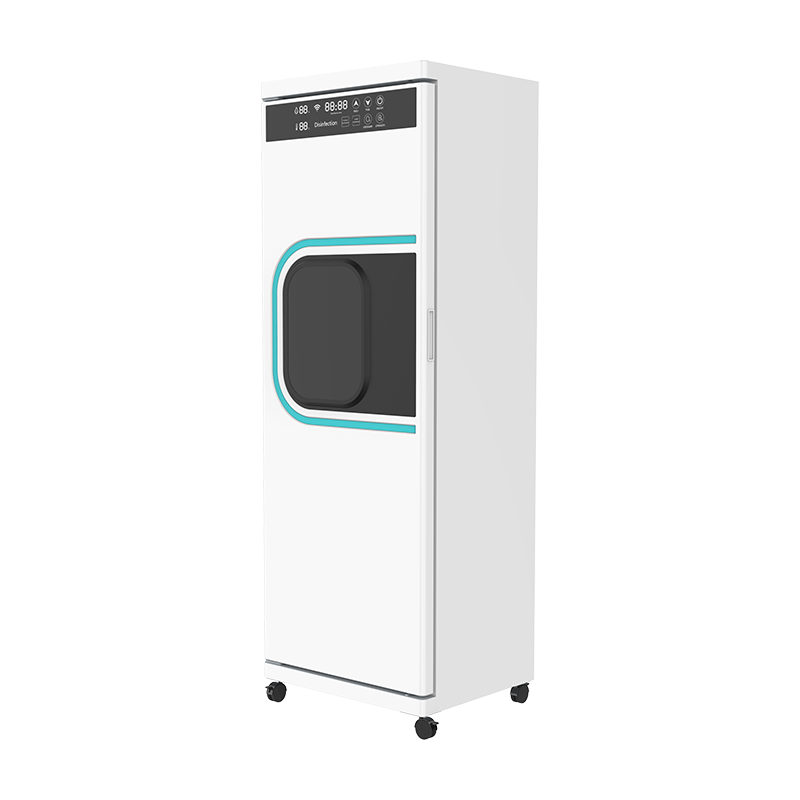- Protect special groups and reduce the risk of infection
Immunocompromised members: If there are family members with low immunity such as chemotherapy patients, organ transplant recipients, HIV-infected people, etc., medical disinfection cabinets can be used to kill infectious pathogens such as hepatitis B virus, polio virus, Helicobacter pylori, and avoid infection caused by contamination of daily necessities.
Infant and young children's health protection: The baby's immune system is not fully developed. Medical disinfection cabinets can achieve a sterilization rate of 99.99% for items such as milk bottles, teethers, and cloth toys, and there is no ozone residue to avoid chemical damage.
Chronic disease patients: For the disinfection of blood glucose meters, insulin syringes and other instruments for diabetic patients, medical-grade equipment can completely inactivate Staphylococcus aureus and Escherichia coli, prevent repeated infections, and ensure the safety and pollution-free of instruments. - Comparison with ordinary disinfection cabinets
Item Type
Function of medical disinfection cabinet
Limitations of ordinary disinfection cabinets
Home medical devices
Disinfection of blood glucose needles, nebulizer masks, and thermometers
High temperature can easily damage equipment, and ozone disinfection is not thorough
Postoperative care products
Sterilization of gauze, cotton swabs, and physical therapy equipment
Ordinary disinfection cabinets do not have medical device certification
Special material products
Non-destructive disinfection of silicone breast pumps and ventilator catheters
High temperature causes silicone to age and release plasticizers
- Prevent cross infection and block family transmission
Family care for infectious diseases: If a family member suffers from influenza, tuberculosis, Helicobacter pylori infection, etc., the medical disinfection cabinet can independently disinfect the patient's tableware and water cup to avoid the spread of pathogens through saliva.
Family with pets: Pet bowls, combing tools, etc. are prone to carry Toxoplasma gondii and canine parvovirus, which can be effectively inactivated by medical-grade ultraviolet light + pasteurization.

 EN
EN
 English
English 中文简体
中文简体
.png)









